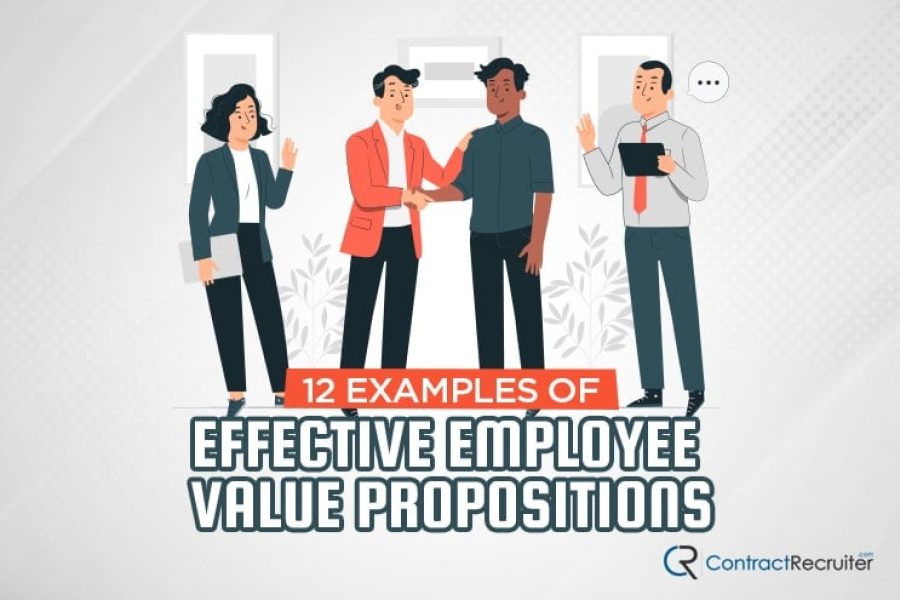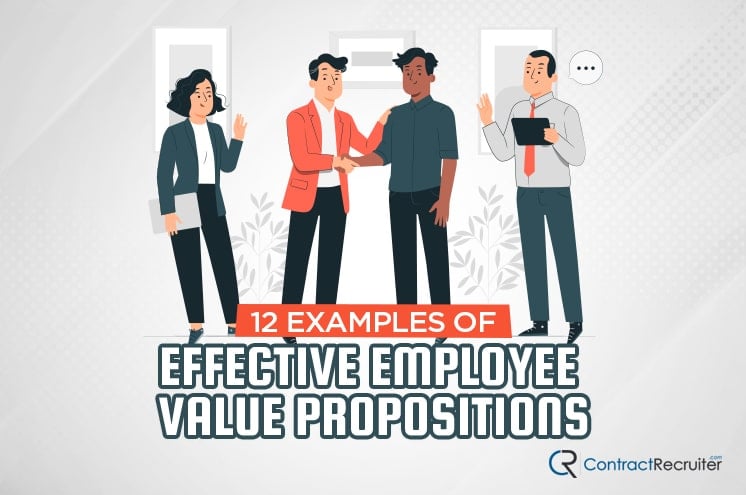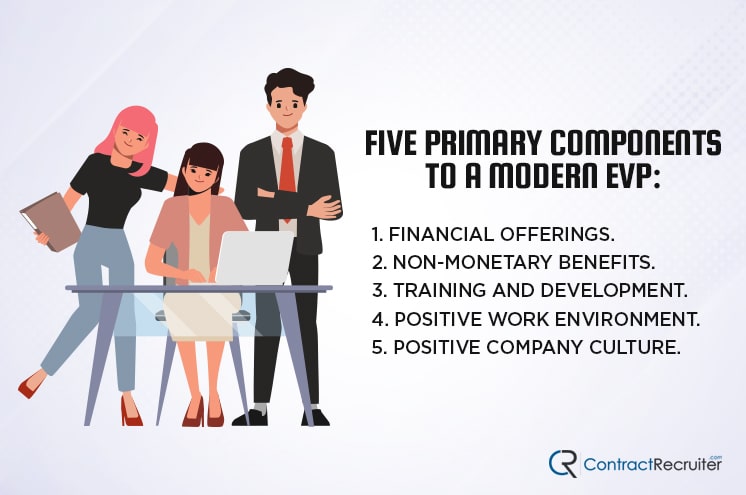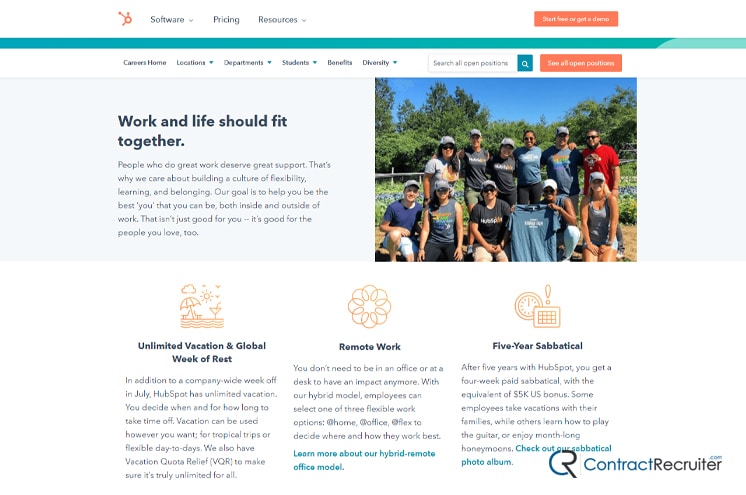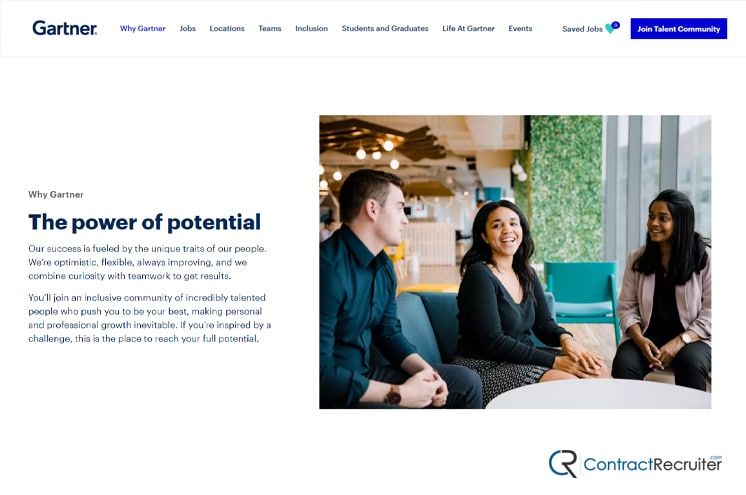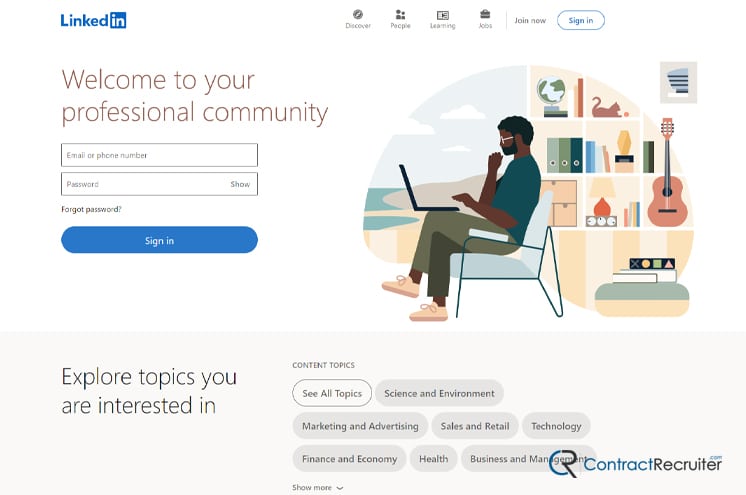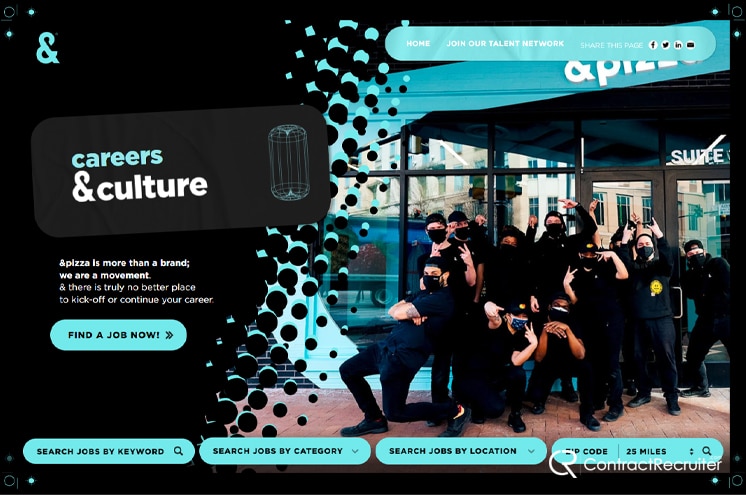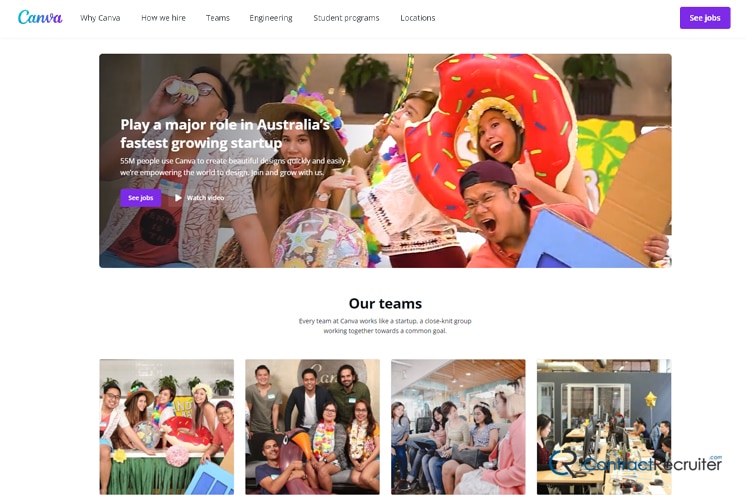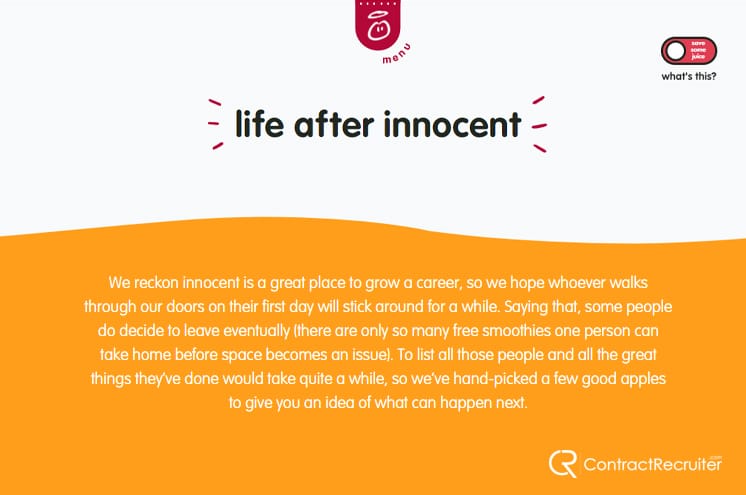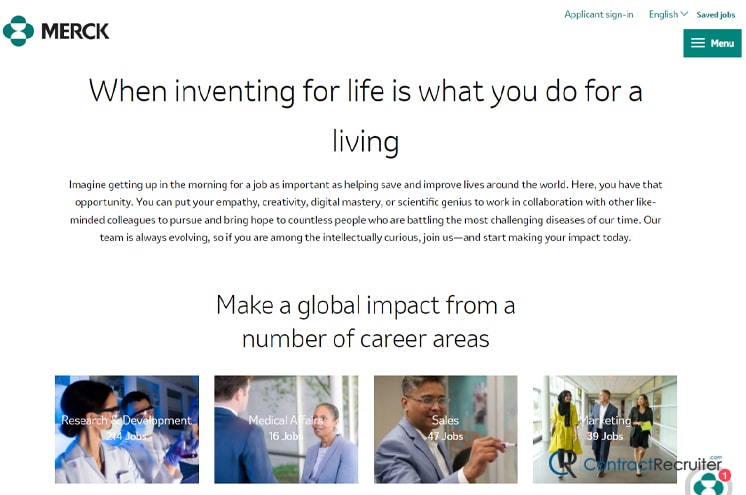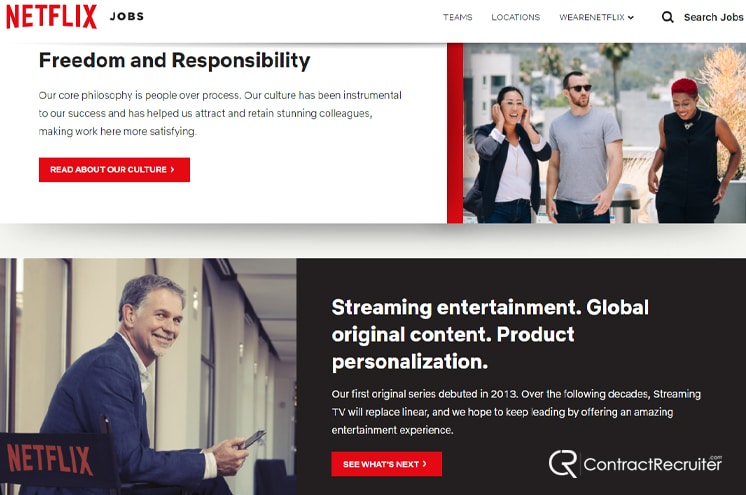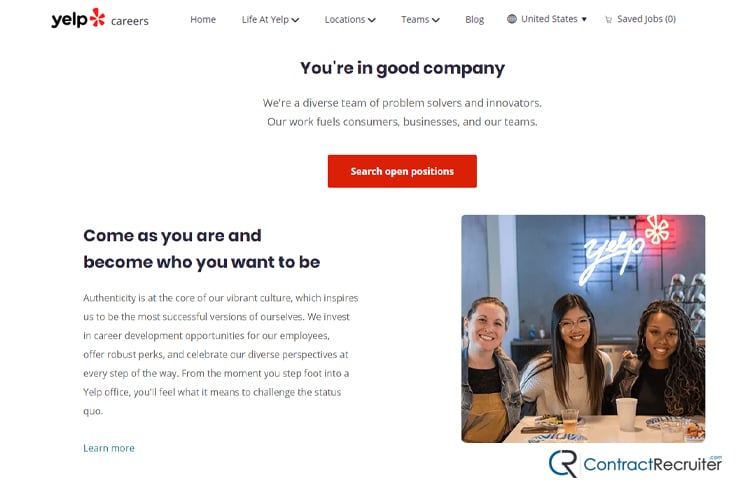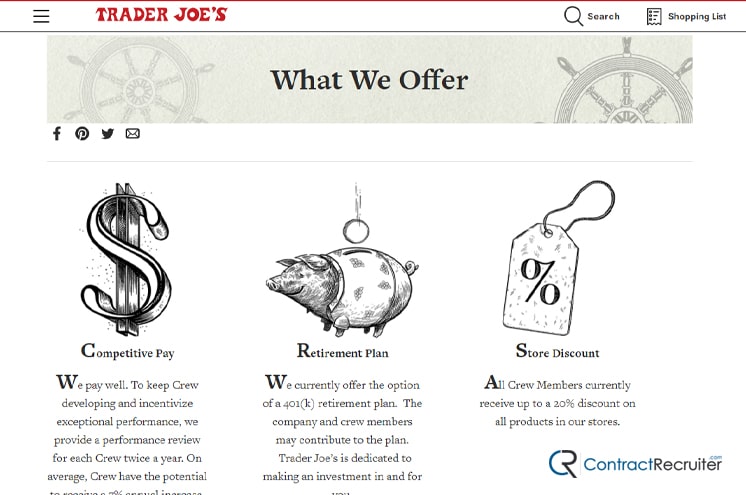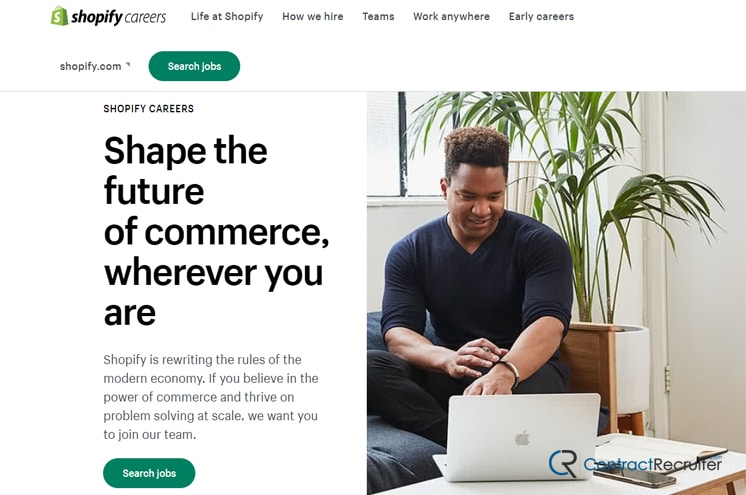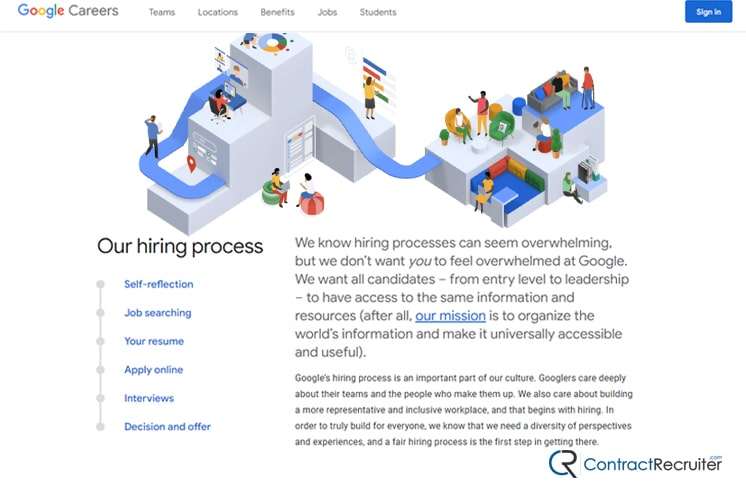In years past, employers held the upper hand. When looking for a new employee, you had your pick of the litter; you could take your time to filter out a large pool of candidates and make your choice from the cream of the crop.
Numerous pressures over the last several years have changed the balance of power. These days, there are more employers with open positions than potential candidates to fill them. Employers are forced to adapt and find a way to navigate this new normal.
One part of the solution is developing and deploying a focused, authentic, and convincing EVP, or Employee Value Proposition. Keep reading this post to see 12 employee value proposition examples so you can fill your open positions with the BEST candidates on the market.
What Is the Employee Value Proposition?
In business, a value proposition is a statement of what value you provide. A store being more convenient than their competitors, a product being easier to use, a tool offering more features; these are all value propositions.
An employee value proposition, also known as an employer value proposition (conveniently both abbreviated as EVP), is similar. It’s the value proposition you offer to your employees. In other words, it’s a statement of the value an employee gets out of working for you over their other options.
“Employee Value Proposition (EVP) is usually defined as a set of monetary and non-monetary benefits an organization provides to its employees, in return for the skills, capabilities, and experience they bring and the contributions they make to the organization. However, this definition is somewhat outdated. The modern definition of Employee Value Proposition […] is an ecosystem of support, recognition, and values that an employer provides to employees to achieve their highest potential at work.
The key difference here is that EVP should not be looked at as a two-way transaction, but as a comprehensive set of employer offerings that boost employee engagement and bring out the best in employees.” – Smarp.
In the past, when employers had the upper hand, the EVP could be as simple as a competitive combination of salary and benefits. Today, it needs to be something more.
There are five primary components to a modern EVP:
- Financial offerings. This component is your salary and monetary benefits, including bonuses, stock options, and retirement matching. Pay is critical to get people in the door – too low a salary means no one will apply – but after a certain point, the returns diminish, and other parts of the EVP become more important.
- Non-monetary benefits. Your benefits package is often considered part and parcel with the financial benefits but is distinct enough to have a unique category. This component is your slate of offerings like health insurance, paid leave, flexible hours, remote work, moving or commuting stipends, and other benefits to working with your company.
- Training and development. Employees are done working in jobs with no opportunities for growth. They want to know that, should they want it, they can have a long-term career with your organization, or at the very least that they’ll be able to learn and grow their skills. This means offering training, mentoring, career guidance, promotion opportunities, leadership training, and more. Candidates want to see you invest in your employees.
- Positive work environment. This component has some overlap with benefits, such as flexible work hours and remote work. However, it also includes benefits such as a culture of recognition, effective communications and team building, conflict resolution, safe working conditions, and freedom from bigotry, discrimination, and harassment, particularly for minority employees.
- Positive company culture. This is very similar to the work environment but extends to the whole organization. Working for one compelling and friendly team might not be enough if the organization as a whole makes decisions the candidate disagrees with morally and ethically. Likewise, even if the employee’s team is positive, having negative leadership or broken communications across hierarchies can be devastating.
The truth is, for hiring today and for the foreseeable future, the power is in the hands of the candidates who are in demand.
Developing your EVP is just one part of it, though. You still need to be able to convey that EVP to your candidates, often before they’re even candidates. It becomes part of your employer branding. What does it look like? Here are a dozen examples of EVP content from top brands.
12 Employee Value Proposition Examples
Example #1: HubSpot
HubSpot is one of the world’s leading CRMs, and as a B2B company, they’re pushing the cutting edge. Check out their career benefits page. You can see immediate benefits, such as acknowledging work/life balance, promoting remote work, financial benefits like a vestment sabbatical, ongoing learning, and tuition reimbursement; everything mentioned on the list above, and more.
Drilling down into specific sub-sections will give you even more information and a stronger impression of the company’s EVP. You’ll also notice plenty of photos, direct-from-employee interviews, and other content to support their focus on culture, balance, and benefits to their employees.
Example #2: Gartner
Gartner is one of the most respected research firms in business. Beyond the implicit value in working for a prestigious and reputable company, their careers page offers more. They promote the value they bring to their clients, the ongoing training and growth they offer to their employees, and have headings at the forefront of the page about diversity and inclusion within the company.
More tangible benefits are also covered, with a section about healthcare, retirement, and more. “Work works better when life is lived well.” Like HubSpot, they cover all the bases of the EVP on their core page and offer more on every page you drill down into.
Example #3: LinkedIn
We all know LinkedIn as the go-to social network for job seekers, employers, and those looking to advance their careers. Most of us don’t necessarily think about the facet of the company behind the scenes, the people working for and running the social network. Yet, LinkedIn is a great place to work.
They have an excellent work/life balance, they promote many benefits in both financial and non-monetary realms, and more. They’re also one of many companies turning to compact, concise videos to convey their EVP to interested parties. Based on how old this one is (from 2017!), they were among the first to adopt video for this express purpose.
Example #4: &pizza
Pizza is hardly a new industry, so how does a company stand out from the giants? &pizza answered the question by forming their company into a cultural movement. They’ve used the pandemic as a springboard to showcase the “future of work” via their environment and culture.
They promote a variety of different benefits of interest to potential employees, ranging from paid time off for activism, to sponsored rides to polls on election day, to a “no ceiling” policy where anyone, from the managers to the front-line cashiers, has the potential to grow to the highest ranks within the company.
Example #5: Canva
Canva has been pushing the envelope for a SaaS program and spearheaded an entire industry of online graphic design platforms, mimicked by even large companies like Adobe. Their careers page is understandably focused on the graphical, but they make plenty of mention of their other benefits.
They aren’t as upfront with many of them – you have to check specific job listings and other copy – but it’s all there. Many of their more ephemeral benefits, including company culture, are on the Why Canva page.
Example #6: Innocent Drinks
This UK-based beverage company is already heavily focused on activism and ethics, as seen by virtually everything on their website, including upfront discussions of gender pay gaps, human rights, inclusion, and more, available in the footer of every page. On top of that, Innocent does something unique: they promote career growth extremely heavily, to the point where they even promote things their employees have done after leaving the company.
It’s not just about what they can do to keep you around; it’s what they can do to improve the world, with you and through you. It’s a powerful message as part of an EVP, though it’s more attractive to some kinds of employees than others.
Example #7: Merck
While many might not think of a pharmaceutical company as a paragon of ethical treatment, Merck is an excellent place to work. They reliably win awards for their working environment, push a narrative of ethics and accomplishments towards the common good, and promote and encourage diversity and inclusion throughout the organization.
Overall, it’s a surprisingly compelling and personal level of engagement from a multinational corporation that likely has its pick of candidates, even in today’s climate. Perhaps especially because of today’s climate.
Example #8: Netflix
Netflix is another company that has produced a video EVP, though as a media company, this is less surprising. Their videos, along with a wide variety of content on their careers page, discuss how their organization focuses on “people over process.”
They give employees a nearly unprecedented level of autonomy, promote communication and candid information sharing throughout the company, and, of course, compensate well.
Example #9: Yelp
Yelp facilitates educated decisions for millions of people every day, and the people behind it are tasked with maintaining the platform that does it. They discuss many of the same EVP benefits mentioned above, including diversity, a wide range of non-monetary benefits, cultural values, and more.
Deeper down on their careers page, they even have direct testimonials and reviews from their employees, including some from new hires, which is rare.
Example #10: Trader Joe’s
Trader Joe’s is a well-recognized and beloved grocery chain with a unique sense of branding and aesthetic. That carries over into their careers page, layered with compelling imagery and depictions of their company culture. Their EVP, however, is more focused around their What We Offer page, which includes tangible and intangible benefits, including paid time off, a healthcare plan, job growth, leadership training, and more.
They even include statistics about how most of their management was promoted from the front-line low-level roles.
Example #11: Shopify
One of the biggest names in eCommerce, Shopify promotes a unique EVP that showcases benefits you don’t usually get from a company. These benefits include everything from self-directed learning and skill-building, to catered meals, growth budgets, and even support for family members.
They recognize that many employees are concerned about more than just themselves, and have families to think about, so they support the families as well.
Example #12: Google
The big G (or rather, their parent company Alphabet, now) is well known for pushing the boundaries of hiring culture and shaking up every aspect of the process. Their EVP is no different. They promote core values such as generous family support, employee wellness, community support like charity matching, and more.
Those who stick with it can expect continued career growth and support as long as they work for the company.
Your EVP Here
Your company has an opportunity to break out from the pack and pick up the best candidates, but to do so, you need to develop your employee value proposition. Cover all the bases; financial, benefits, culture, growth, and positivity.
Moreover, this is an opportunity to adjust your company to improve these aspects if you don’t currently have benefits or a culture that proves to be a compelling value to candidates. Perhaps it was acceptable to let those aspects of culture slide while focusing on profits in the past. Nowadays, however, employees want to know they’re getting more than just a job to fill their time and pay their bills. There’s a real financial incentive to promote a great EVP, and now’s the best time to get to it.
Do you feel like your company has a great EVP? Do you want to show yours off and ask for critique? Are you just not sure as to what you should be doing? If so, please feel free to leave a comment down below, and we’ll get a conversation started. Creating an EVP may sound like a simple task to some, but it needs to be done correctly for the best possible results. We would love to give you and your company feedback and assistance throughout the process however we can.

